
Bolton’s Bravery
With specialized, comprehensive care in hospitals tailored to the unique needs of pediatric patients, children’s hospitals help children and teens like Bolton defy the odds.
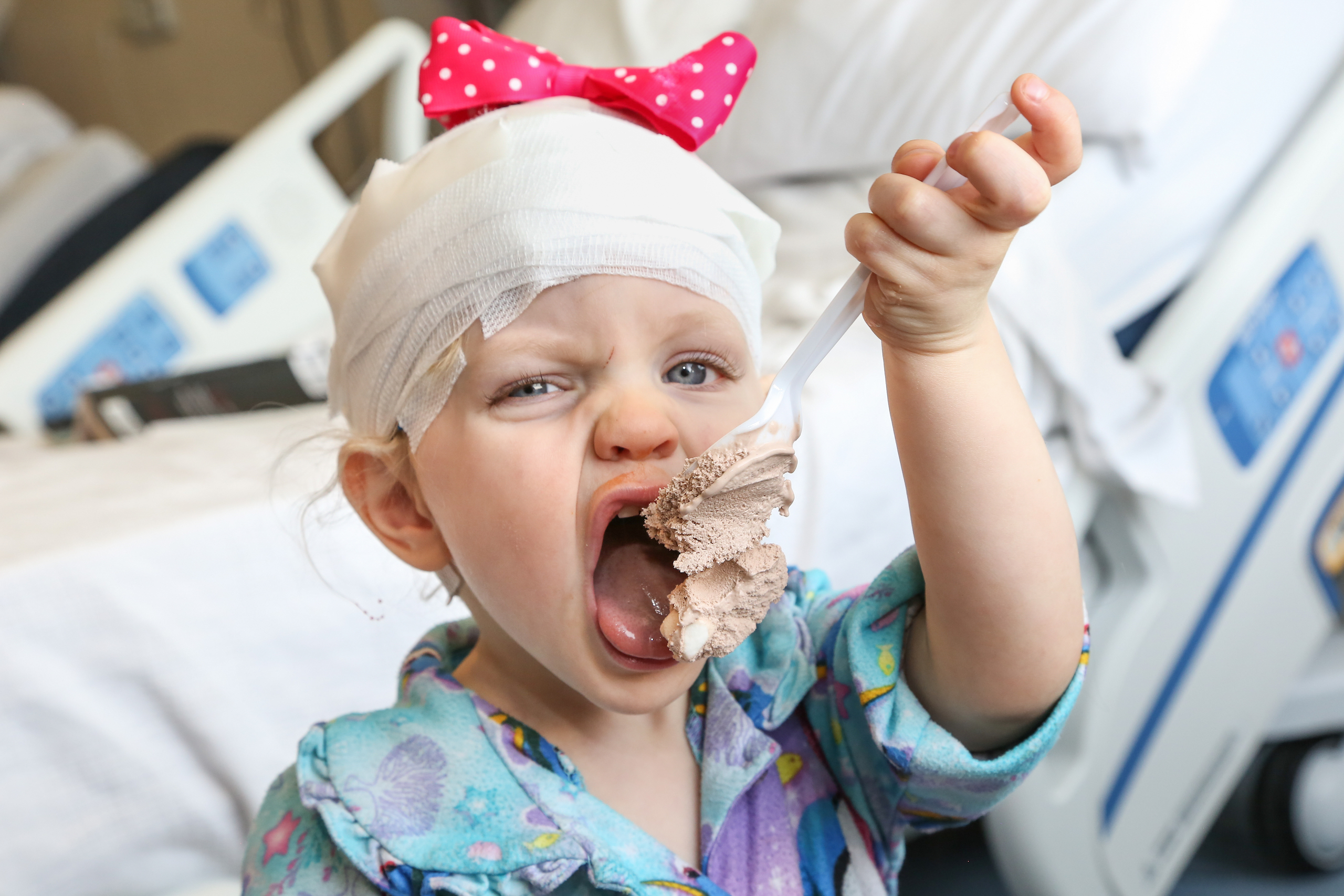
Every day, children’s hospitals help make moments possible. From providing access to the comprehensive care that children need to grow up to supporting children, teens, and their families with specialized treatment for some of the most complex illnesses. Discover more about the moments made possible by children’s hospital through patient stories from around the country.

With specialized, comprehensive care in hospitals tailored to the unique needs of pediatric patients, children’s hospitals help children and teens like Bolton defy the odds.
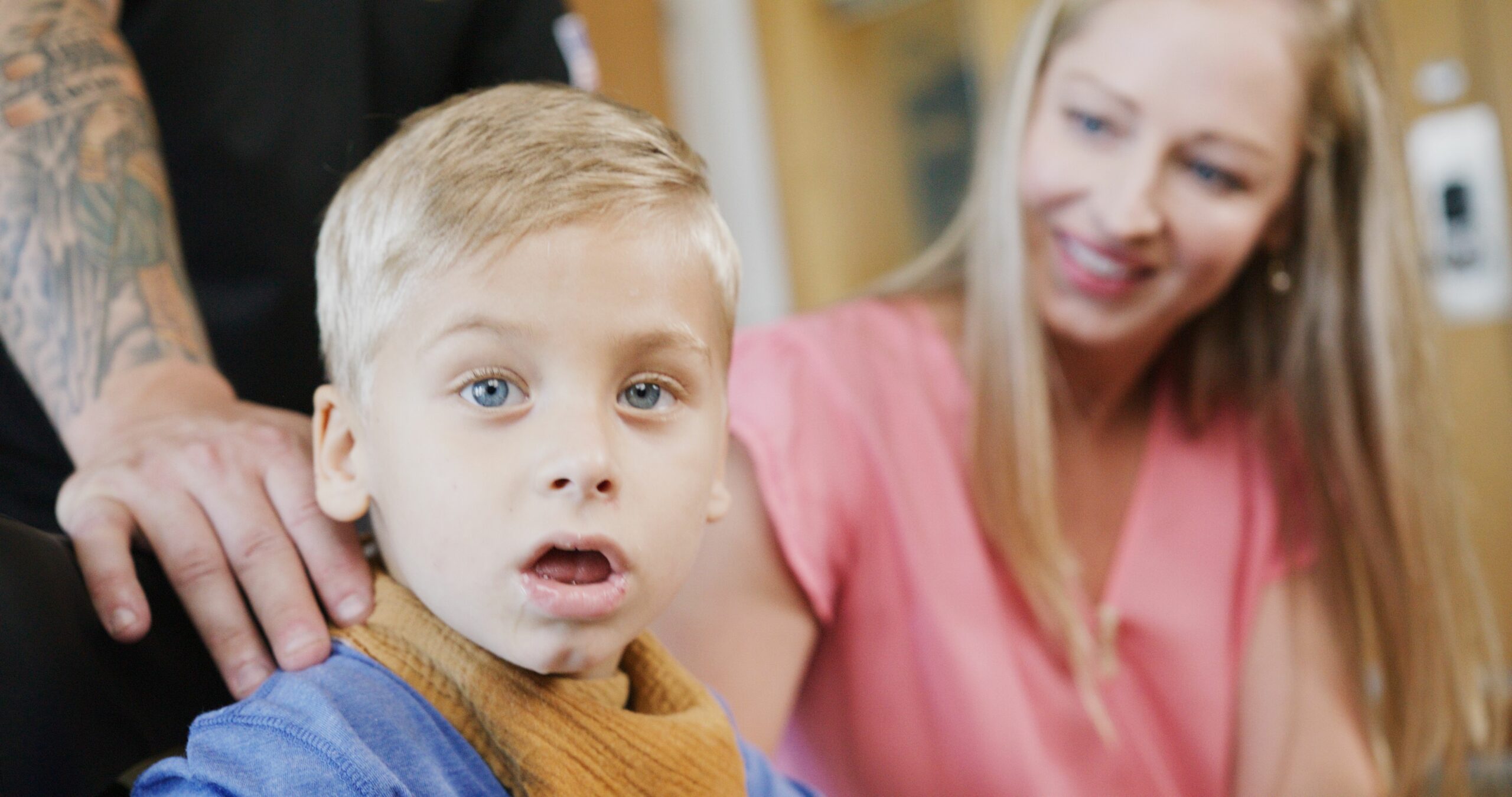
Children’s hospitals provide advanced care for the most complex conditions in environments specially designed for pediatric patients, allowing children like Isaac to thrive.
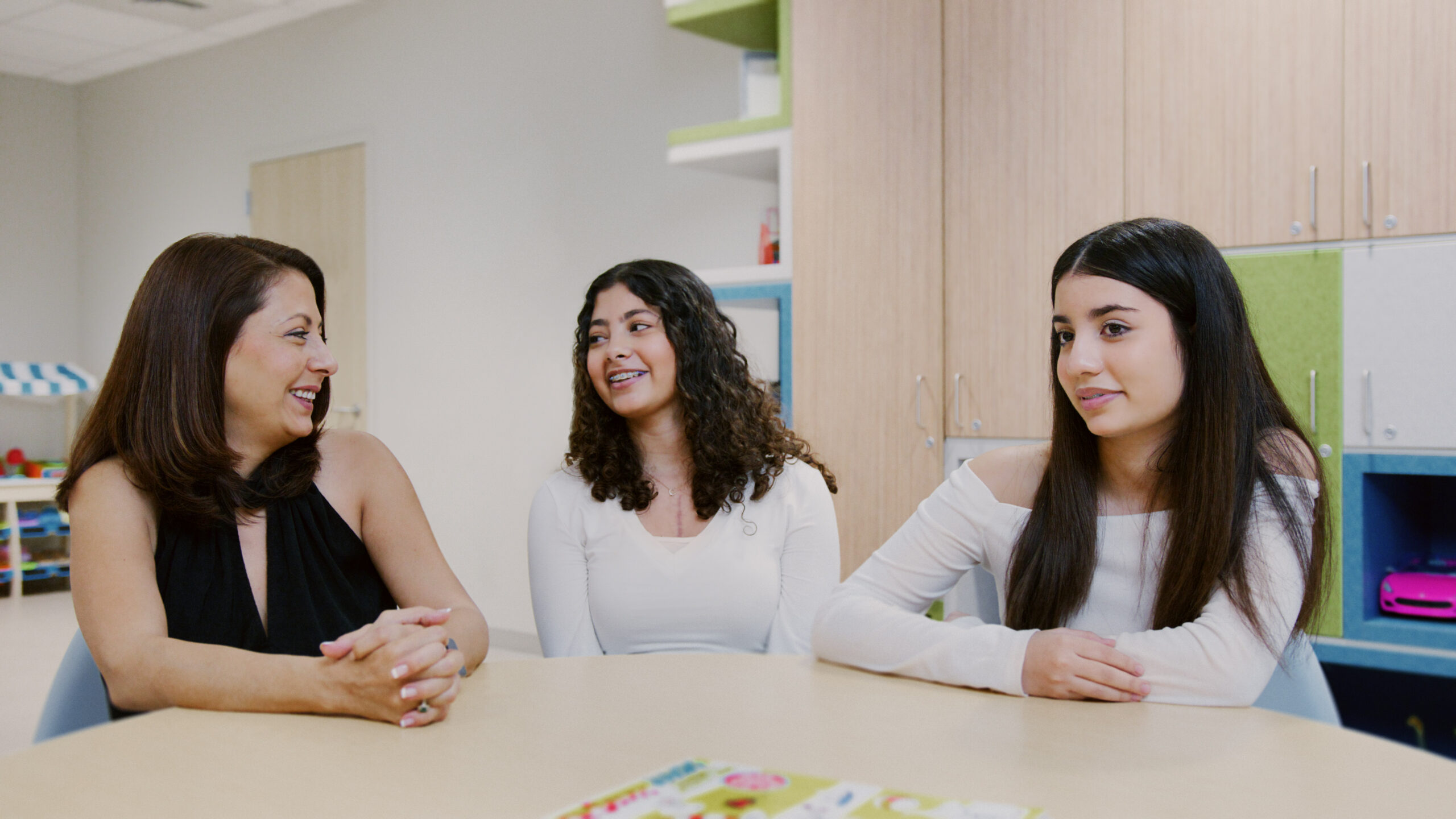
The specialized multidisciplinary teams at children’s hospitals ensure that children and teens – like Cami – can beat multiple complex conditions like cancer and heart failure.
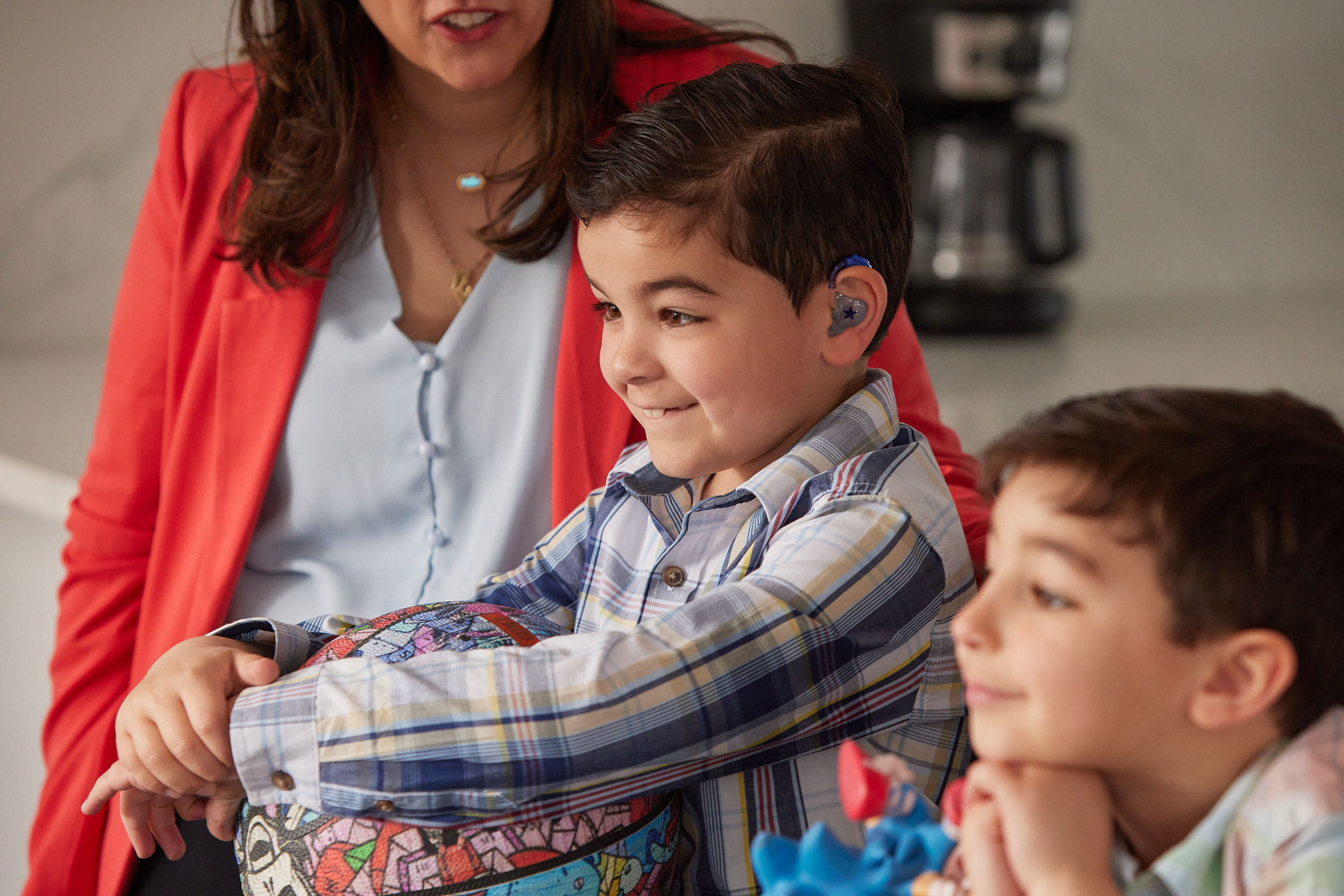
The advanced, specialized care that children’s hospitals provide make moments – like Joseph beating pediatric brain cancer – possible.
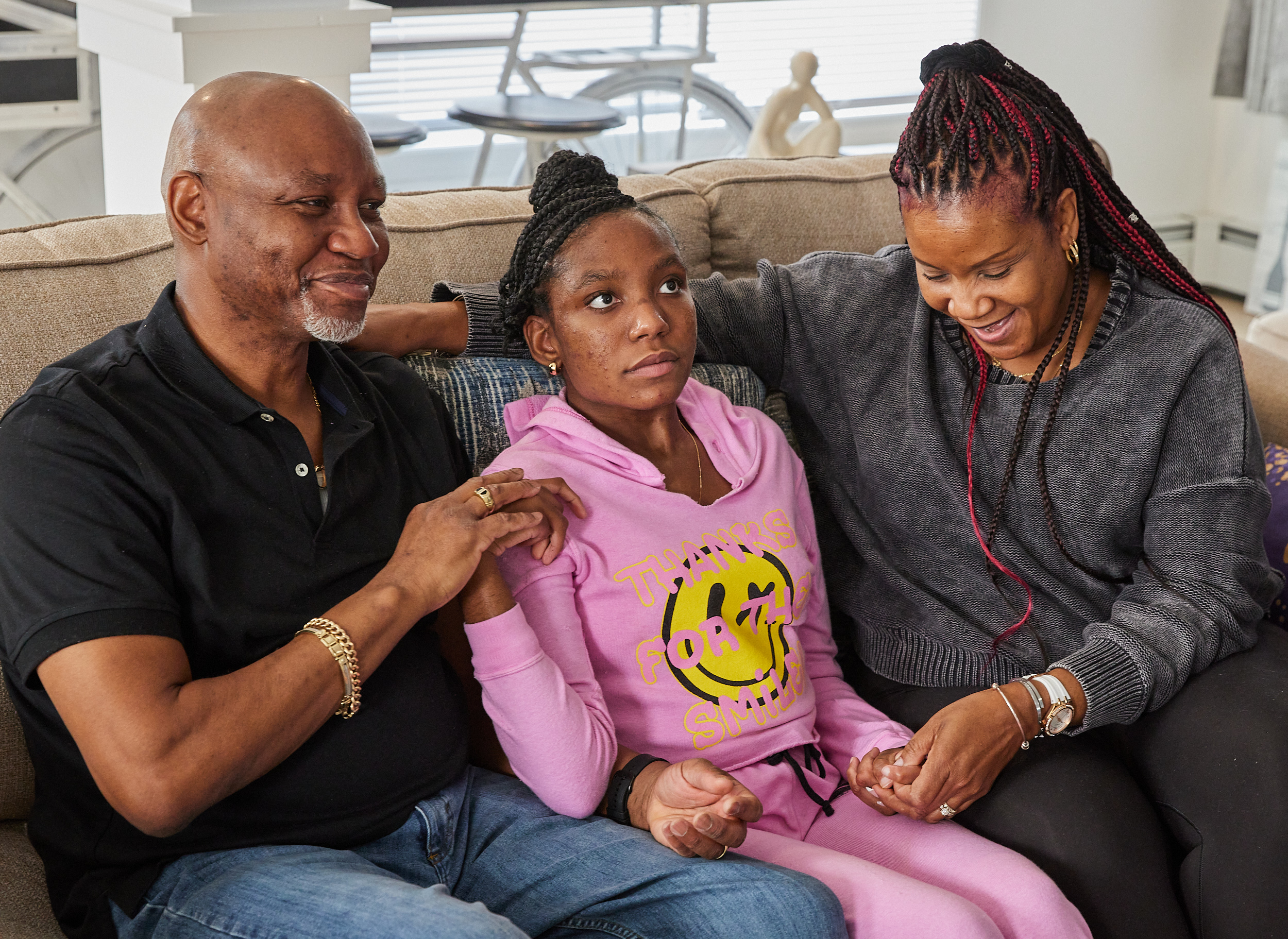
With care delivered by specially trained pediatric clinicians, in environments designed just for children, children’s hospitals help children and teens – like Daniella – navigate complex medical conditions.
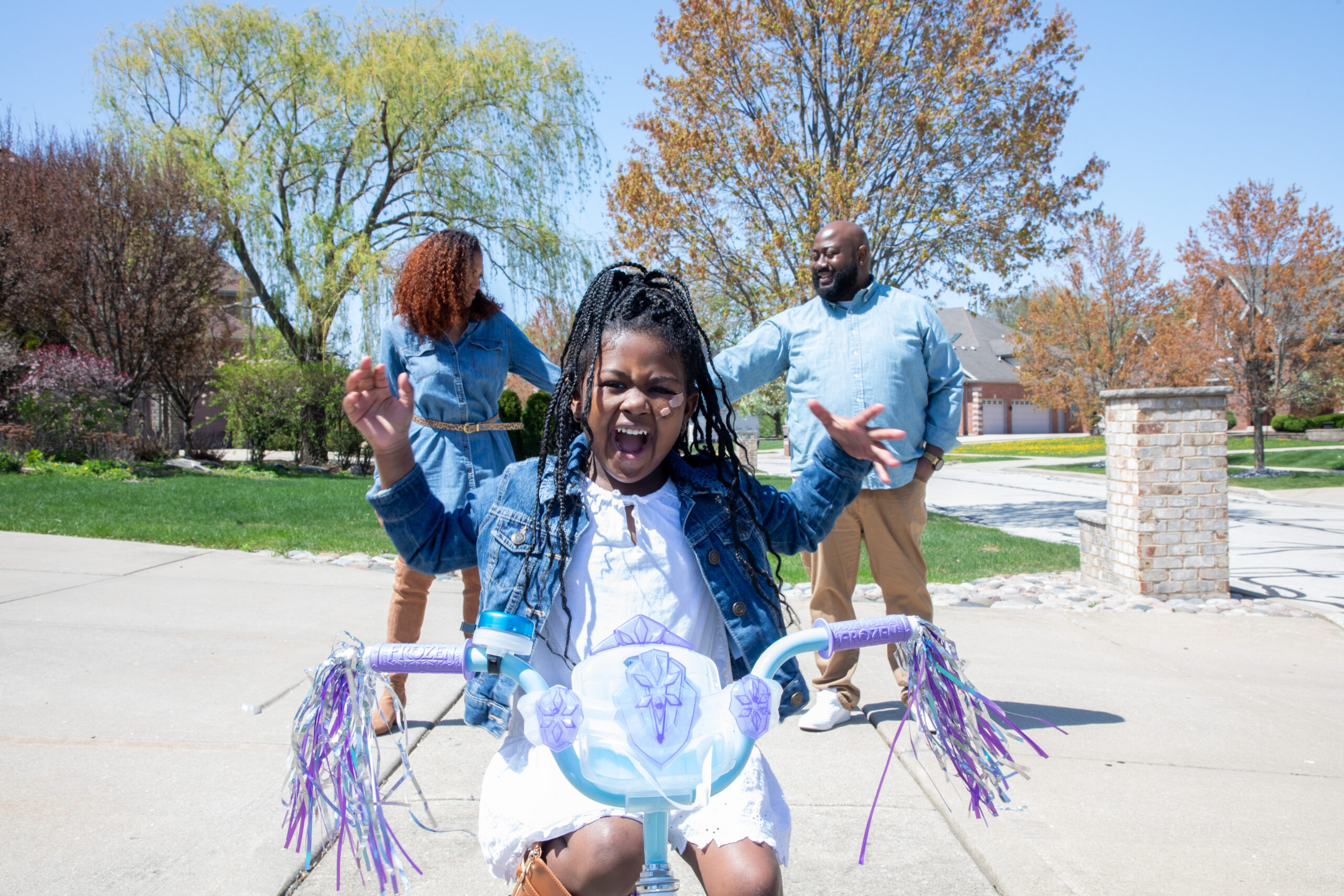
Just weeks before 2-year-old Harlow was supposed to head to Jamaica to be the flower girl at her parents’ wedding, her mother noticed that her usually energetic daughter had developed a cough and grown lethargic. Her care team suggested she may have a mild viral infection and also suspected a heart murmur. But during the trip, Harlow’s condition began to worsen. The family flew her home and took her to UChicago Medicine Comer Children’s Hospital, where a blood test revealed she had a rare form of acute lymphoblastic leukemia, a cancer of the bone marrow and blood. As Harlow prepared for her inpatient stay at Comer Children’s, her family was comforted not only by her oncology team’s confidence but also by the investigative therapies and established treatments offered by leukemia specialists. Harlow’s smile never dimmed, and she remained resilient even when an uncommon chemo allergy required her to be intubated. Twenty-eight months later, she rang the bell to signify the end of her cancer treatment. Today, Harlow is a healthy 5-year-old who loves to cook with her family and watch “Family Feud.” Even better, she’s still smiling.
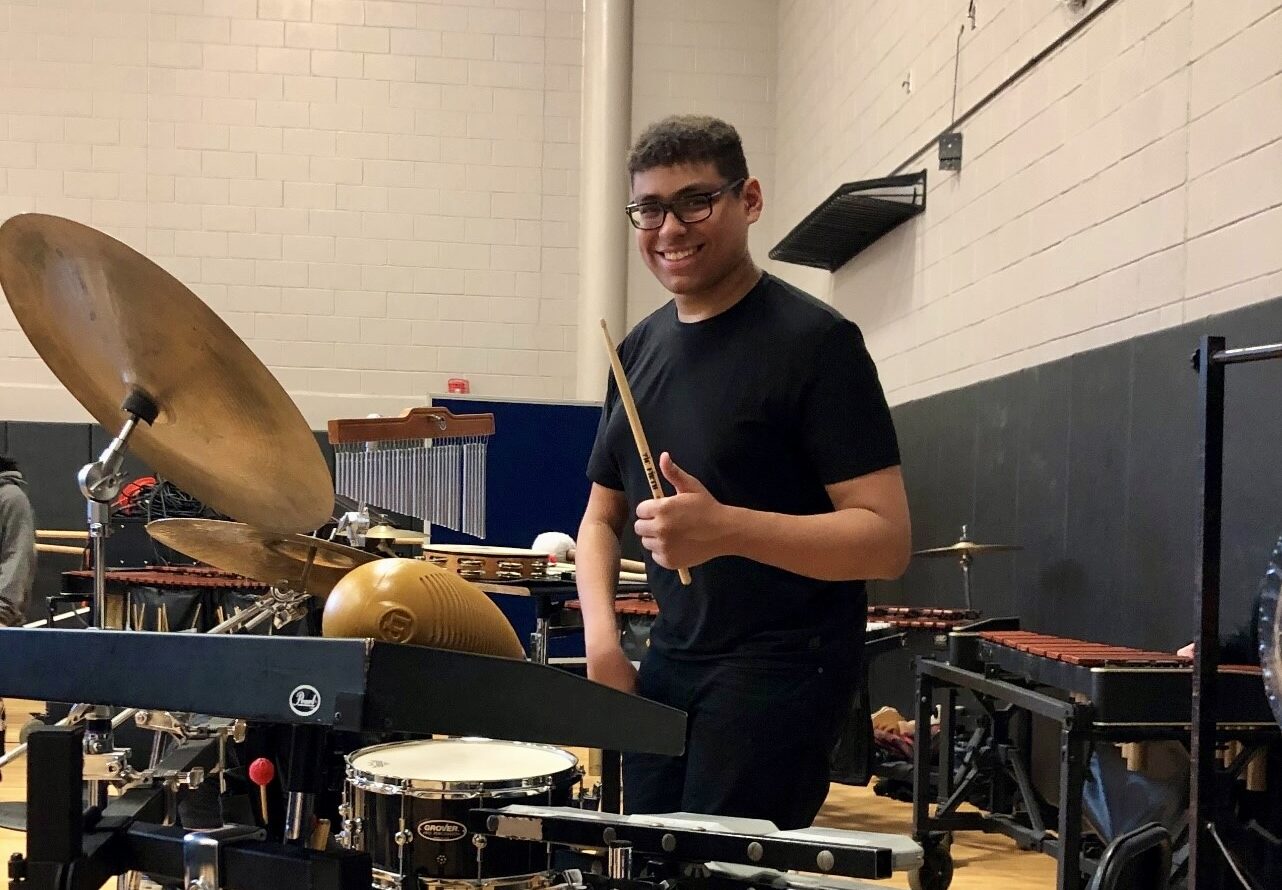
16-year-old Jonathan has been visiting Children’s Specialized Hospital since he was a baby. Jonathan was born with Right Hemiparesis Cerebral Palsy, weakening the entire right side of the body. Diagnosed at 15–months old, Jonathan’s care team shared a blueprint of physical and occupational therapy to pave the best path forward. Throughout his childhood, Jonathan has endured nine separate surgeries and consistently attends physical therapy to increase his mobility. His nurses and therapists are like a second family to Jonathan, always supporting him and helping him grow stronger. Thanks to the care he receives and his willingness to challenge himself, Jonathan has been able to pursue his passions—he’s in his high school’s marching band and plays the trumpet and bass. Jonathan has additional surgeries down the road and will continue occupational and physical therapy to help him live life to the fullest.

Hewitt is a social butterfly and a star student, so when he asked to skip school, his parents knew something was unusual. His main symptom, reoccurring headaches, prompted an MRI at Arkansas Children’s that revealed a baseball-sized tumor near the base of his skull. Hewitt’s treatment began swiftly, with a five-hour craniotomy to remove the tumor. Tumor tissue samples were sent to a lab, ultimately discovering that Hewitt’s cancer was rare, malignant, and fast-growing. Because certain forms of radiation can impact a child’s growth, doctors landed on a combination of both chemotherapy and proton beam therapy, a new radiation that causes less tissue damage. Through all six months of treatment, the nurses and child life specialists at Arkansas Children’s became a pivotal support system for Hewitt. With every new phase of treatment, the team explained the process so Hewitt could easily understand. He responded well to the treatment, and on March 13, 2024, Hewitt rang the bell, symbolizing being cancer-free! Today, he’s in remission and back to doing what he loves most – hanging with friends, being a great big brother, and excelling in school.

When Alyssa was in middle school, she was diagnosed with scoliosis and received a customized back brace in hopes of halting the growing curve and avoiding surgery. But the curve continued to worsen, and after Alyssa’s freshman year, it was time for surgery. Alyssa and her family traveled to Dwaine and Cynthia Willett Children’s Hospital of Savannah Memorial Health, where she received a spinal fusion to straighten the curve. Throughout the six-hour surgery, the nurses comforted Mackenzie’s family, ensuring they understood each step. The procedure was successful, and within one week of the surgery, Alyssa had already “grown” one inch from her straightened spine! As a spirit cheerleader and sprinter for her track team, she worried how the surgery might affect her active lifestyle. But within six weeks of recovering, Alyssa was able to participate in cheer camp. While she has some restraints in stretching, she continues to cheer and run on her track team.
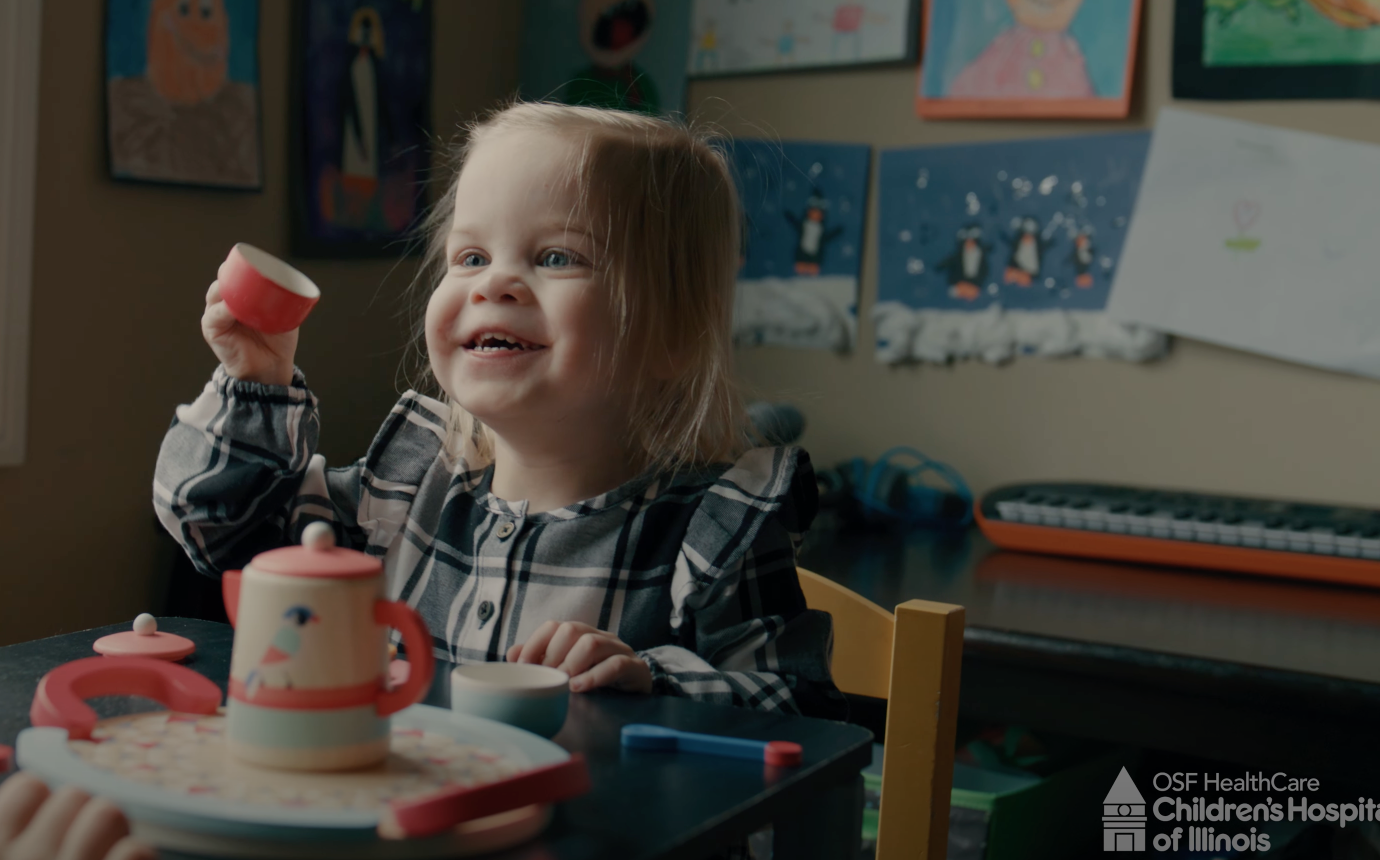
Mackenzie was born with hypoplastic left heart syndrome (HLHS), a condition that causes the left ventricle to be severely underdeveloped. Her heart defect was first discovered during her mom’s 16-week ultrasound, and at first, her doctors were unsure if she’d survive. But Mackenzie was a fighter. Before she was even born, her heart developed two major arteries on the right side, which alleviated the failing left ventricle, ultimately protecting her aorta and avoiding serious surgery that most HLHS patients require. After birth, Mackenzie received specialized care at OSF HealthCare Children’s Hospital of Illinois, getting her first pacemaker at five months. At 15–months, she underwent open-heart surgery to reroute her circulation, allowing her heart to thrive with only one ventricle. Since the surgery went so well, she currently has no future surgeries planned. Mackenzie’s family is grateful for their attentive and helpful medical team and looks forward to their continued support through her childhood.
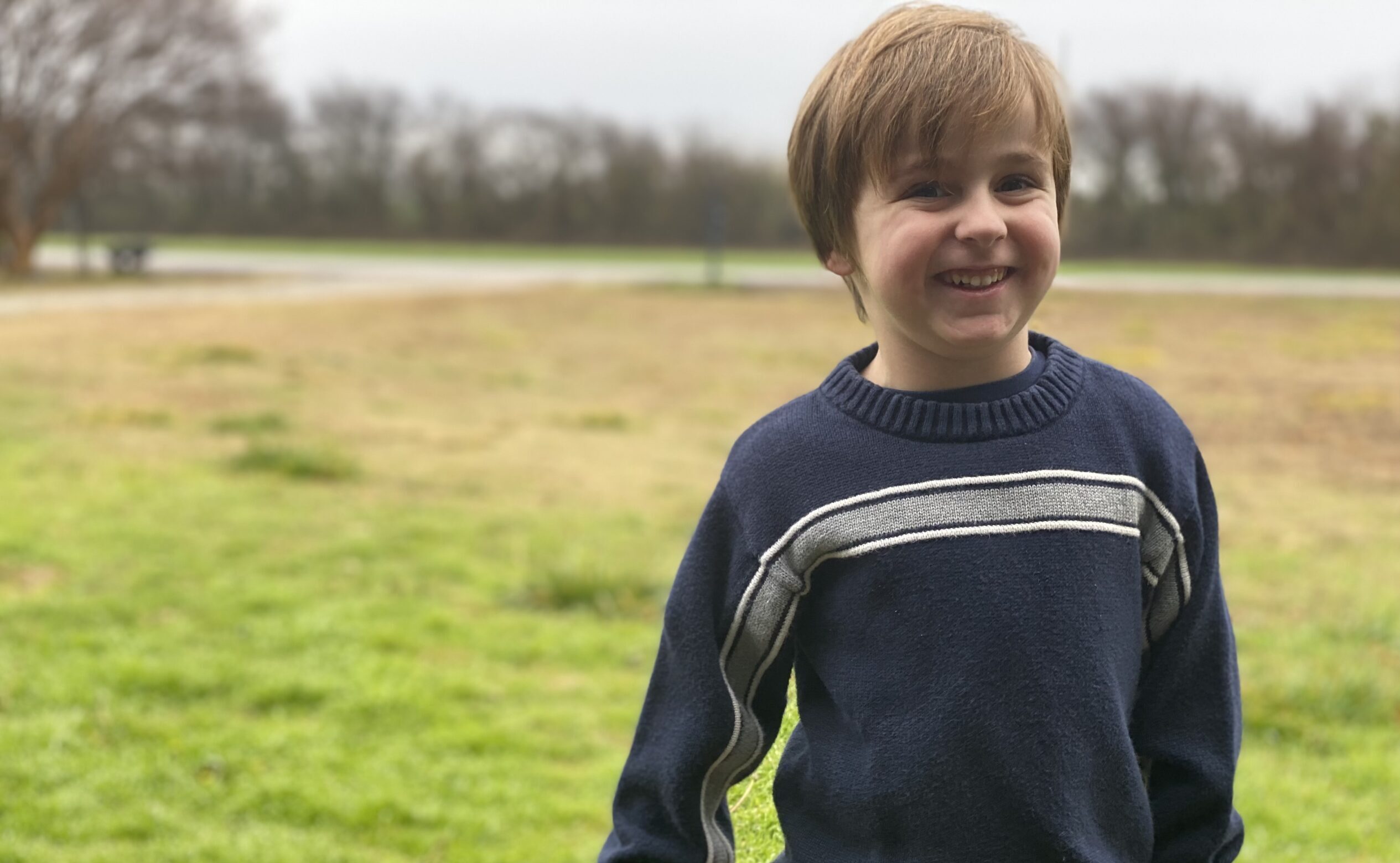
A few years ago, foster parents Pam and Bobby received a call about a 6-month-old, Harrison, who needed an adoptive family. Harrison wasn’t like most other babies – he had a rare genetic condition called Duchene muscular dystrophy (DMD) that limits mobility and weakens pivotal muscles. Touched by his story, Pam and Bobby decided to give Harrison a forever home. After welcoming Harrison into their family, they met with Children’s Medical Center Dallas experts to discuss treatment options. Kaitlin Batley, M.D., Pediatric Neurologist and Director of the Duchenne Muscular Dystrophy Program at Children’s Health, outlined a new gene therapy that slows down DMD, helping children maintain the muscles needed to grow and thrive. Harrison received this innovative one-time treatment, and since then, he’s gotten better and grown stronger – walking, running, climbing, and even jumping a little! The family continues to visit Children’s Health to monitor his progress and discuss future treatments, and Pam and Bobby feel incredibly grateful for their dedicated care team as they navigate their first child with complex medical needs.

During Gavin’s first few years of life, he struggled with rashes, severe abdominal pain, and high fevers. When he started kindergarten, a trip to Johns Hopkins All Children’s Hospital changed everything. Doctors conducted thorough testing and discovered the underlying cause of Gavin’s pain: Crohn’s Disease. Crohn’s Disease is an inflammatory bowel disease that causes chronic pain and inflammation in the digestive tract. Gavin began monthly infusions, and his nurses quickly became a source of care and comfort. From bringing him toys to playing games, he always felt at home with his team. The infusions proved to be a success, ultimately allowing Gavin to enter remission! Gavin and his family felt so supported throughout his treatments that they wanted to do something in return. They’ve organized multiple donation drives, collecting hundreds of new toys for the hospital. Through their help, other pediatric patients can experience the same fun and welcoming environment that comforted Gavin through his treatments. Now in sixth grade and still in remission, Gavin loves playing golf, swimming, and playing with Legos.